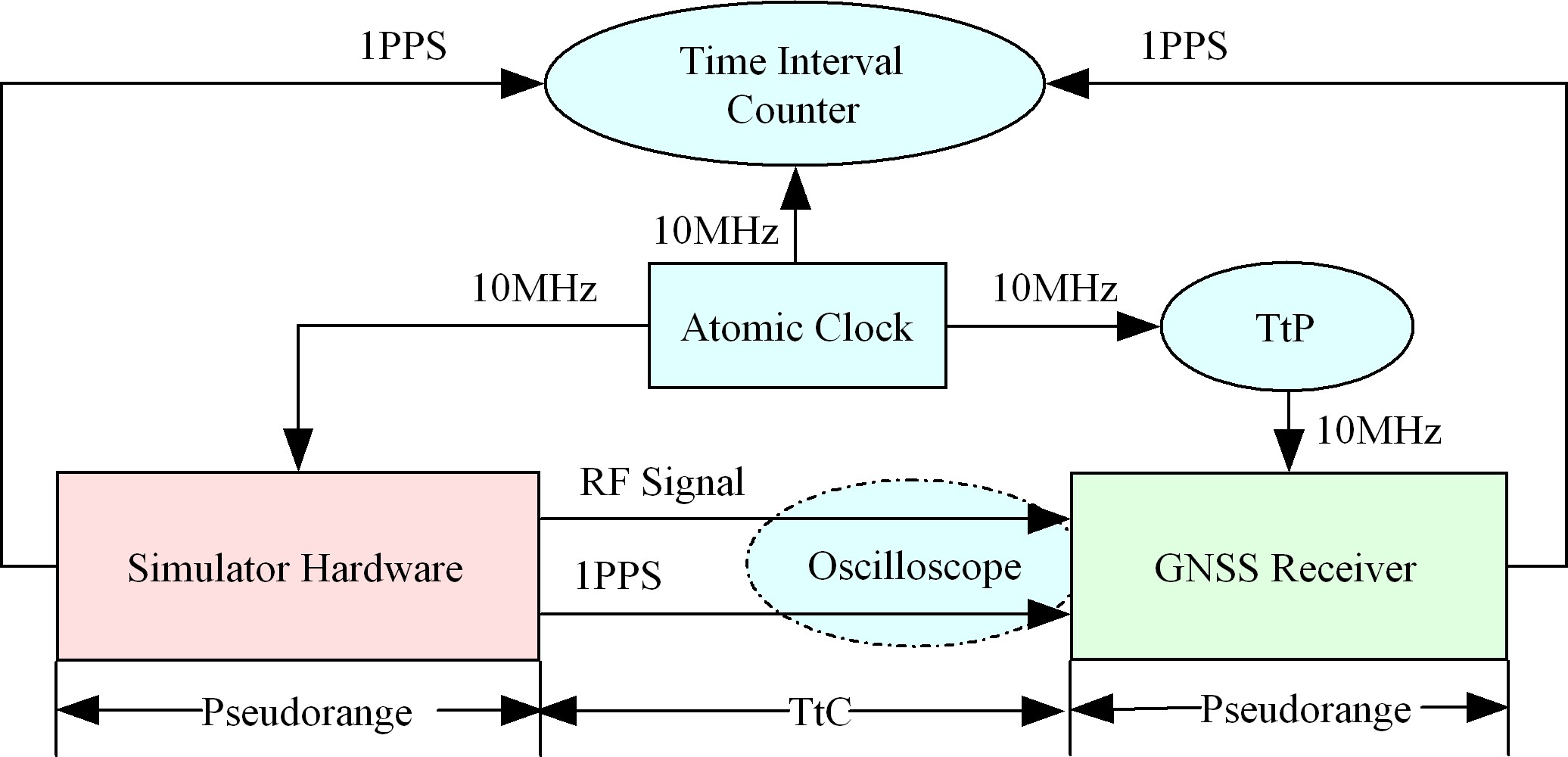Recently, researchers from Time and Frequency Measurement Dept of the National Time Service Center (NTSC), the Chinese Academy of Sciences (CAS) developed new ways to absolute calibrate multi-mode satellite navigation receiver delay.
The research solved the key technology of GNSS receiver delay calibration, which can be applied to navigation positioning, satellite timing, time transfer and other fields, increasing user positioning and timing accuracy.
The calibration of GNSS receiver delay has been a technology difficulty in the field of satellite navigation. The relative calibration method which widely used in the past can only obtain the delay difference between tested receiver and reference receiver. With the rapid development of Global Satellite Navigation System and GNSS receiver, many fields need absolutely calibrate the receiver delay, such as GNSS time offset monitoring, satellite timing technology, satellite-ground time synchronization.
In recent years, based on a lot of experiments and scientific research, NTSC researchers invented “Absolute Calibration Method of Multi-mode Satellite Navigation Receiver Delay”, using satellite simulator hardware and high-speed oscilloscope to completely calibrate all kinds of GNSS receiver delay, with the calibration accuracy better than 1.5ns(1σ). This invention was authorized by China invention patent.
The invention applies to all types of GNSS receivers, such as positioning, timing, monitoring, surveying and mapping, which can quickly guide the user to calibrate the receiver delay. This absolute calibration technology has successfully been used in “GNSS Time Offset Monitoring System”, “Testing and Evaluation of BeiDou Timing Performance”, “Zero-value Calibration and Verification of High-precision Timing Receiver” and other projects.

Absolute Calibration Method of GNSS Receiver Delay (Imaged by NTSC)
 Print
Print